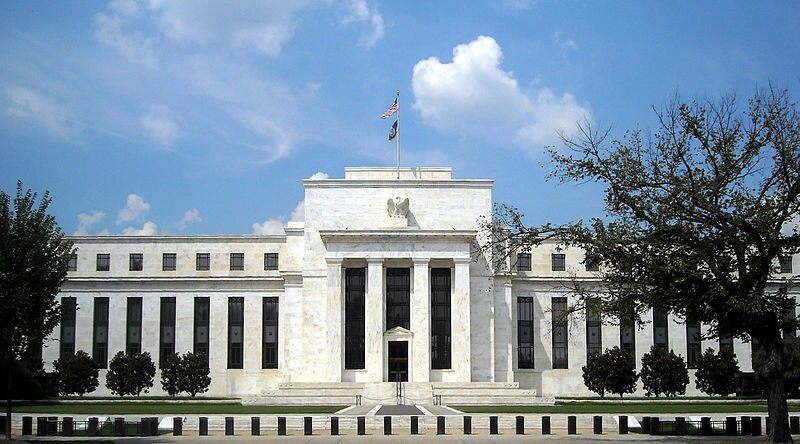Fed Chair Bernanke Pours More Fuel on Fiscal Inferno with QE3
September 13th, 2012Earlier this week, we reported that the Federal Reserve was considering unleashing a new round of quantitative easing (QE), an esoteric, unproven central banking technique where money is created to buy existing assets from commercial banking institutions. Japan’s first experiment with the program ended in failure. To date, there are no examples of quantitative easing being used to successfully revive a struggling economy. Today, the Fed made it official — QE3 is underway.
Two previous rounds of QE have already been attempted, and, despite this, joblessness continues unabated. Supporters of the policy claim that inflation is currently very low, but those who make this claim cite the M2 inflation measure. However, the M2 exempts many financial products which used to appear in the broader M3 measure. Since 2006, the Federal Reserve stopped collecting M3 data in an attempt to hide rising inflation. According to the M2 measure, the inflation rates during the ’70s stagflation disaster and the less inflationary early ’80s were allegedly very similar. This alone seems to discredit the usefulness of M2 as a measure of coming price inflation.
Stocks and Commodities Soar in Response to the Announcement
The Dow surged upward 206.51 points in response to the news. The S&P 500 gained 23.43 points, and the NASDAQ shot up by 41.52. Meanwhile, investors looked to gold and silver to hedge against forthcoming inflation. Selling reached such intensity at two different points that COMEX gold trading was halted to prevent a price surge. The Wall Street Journal is reporting that gold prices reached $1,769.10 and futures for December delivery reached $1,772.10. Silver prices soared 4.5% to $34.716.
Since commodities are a well-known hedge against inflation, rises in commodity prices tend to signal a general mood among investors that price inflation is on the way. Basic supply-and-demand fundamentals suggest that increasing the supply of money would necessarily create inflationary pressure. Meanwhile, food and fuel prices have been rising sharply of late and are set to rise further still.
QE 3.0: The Unlimited Version
The most alarming aspect of this round of quantitative easing is the fact that the Federal Reserve did not give an end date for the program. Instead, the central bank will continue purchasing securities with newly-conjured fiat money until unknown benchmarks of improvement have been reached. Since the consequences of these policies tend to lag for quarters, slamming on the brakes once arbitrary economic measures have been reached might be too late, potentially resulting in a dollar crash.
US News and other outlets are characterizing this round of quantitative easing as “unlimited” in reference to its lack of an end date. Let’s hope that Ben Bernanke doesn’t leave the monetary printing presses running too long. Hyperinflation, an event when inflation accelerates at an out-of-control pace, is a serious risk which has happened to many countries before. Argentina and Zimbabwe (listen to our interview with Ngoni Chikomba) are examples of recent sufferers, along with the Weimar Republic in Germany prior to World War II.
Check out http://www.SilverCircleMovie.com to find out more about our forthcoming 3D animated film!


